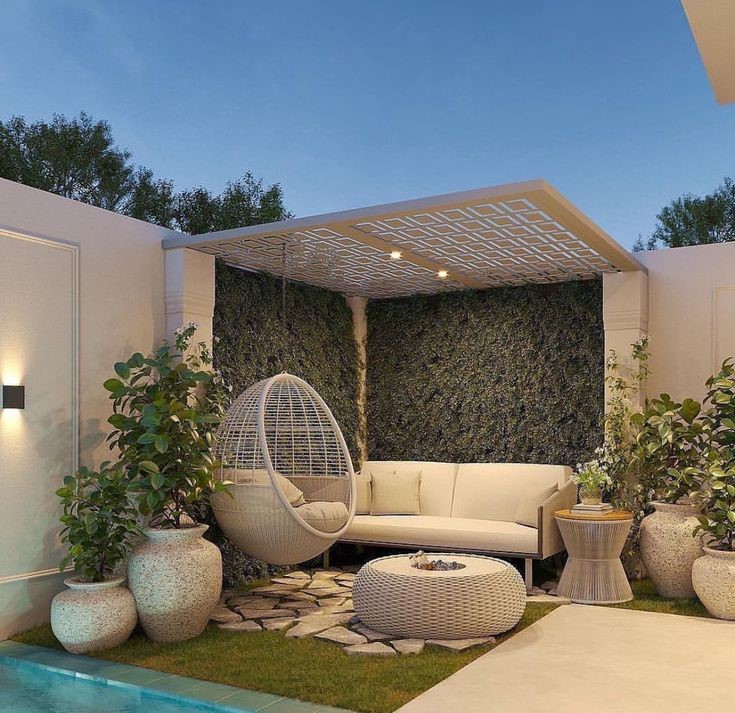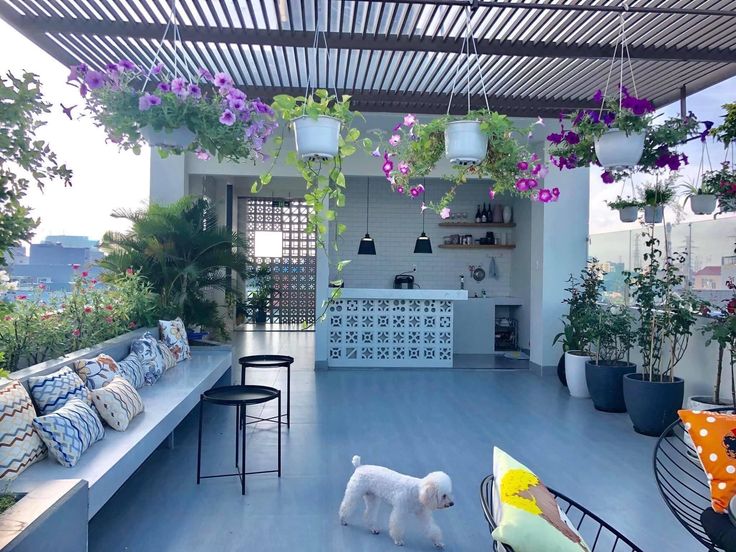Overview
Landscape architecture is the art and science of designing outdoor spaces that are both functional and aesthetically pleasing, integrating natural elements with human-made structures. It involves planning, designing, and managing landscapes, including gardens, parks, urban spaces, and other outdoor environments. Landscape architects work to create spaces that enhance the quality of life by considering aspects such as environmental sustainability, ecological balance, and human interaction. They combine elements such as topography, vegetation, water features, and pathways to craft cohesive, visually attractive, and sustainable designs. With a strong focus on integrating the natural world with built environments, landscape architecture not only enhances the beauty of spaces but also improves their usability, environmental impact, and long-term vitality.
Landscape architecture is the practice of designing outdoor environments that harmonize with both natural and built elements to enhance the quality of life. It involves a combination of art, ecology, and environmental design, focusing on creating functional, sustainable, and visually appealing outdoor spaces such as parks, gardens, streetscapes, and public plazas. Landscape architects assess the site's topography, climate, vegetation, and cultural context to create designs that respond to environmental needs while fostering positive human experiences. They also prioritize sustainability, incorporating elements like water conservation, native plantings, and energy-efficient design to create spaces that thrive for years to come. Whether for residential, commercial, or urban settings, landscape architecture transforms outdoor areas into vibrant, lasting, and usable spaces.

Our Benefits
- Landscape architecture transforms outdoor spaces into visually stunning environments by integrating plants, water features, and innovative design elements that complement the surrounding architecture.
- We prioritize eco-friendly designs, utilizing native plants, water conservation techniques, and sustainable materials to create landscapes that minimize environmental impact and promote biodiversity.
- Well-designed landscapes not only improve the look of your property but also increase its market value by creating functional, attractive outdoor areas that appeal to buyers or tenants.
why choose us
Why Choose Designz Park for Landscape Architecture
Choose Designz Park for landscape architecture because we blend creativity with sustainability to craft outdoor spaces that are both beautiful and functional. Our expert team designs environments that enhance your property's appeal while respecting the natural surroundings.
01. Expert Design Team
Our landscape architects have extensive experience in creating custom outdoor spaces that blend form, function, and style. We listen to your needs and work collaboratively to deliver innovative designs that align with your vision while considering site-specific conditions.
02. Sustainability Focused
We use native plants and environmentally friendly materials to minimize water usage and reduce maintenance while promoting local ecosystems. Our designs incorporate sustainable practices like rainwater harvesting, green roofs, and energy-efficient lighting to reduce environmental impact.
03. Enhanced Outdoor Experience
We design spaces that cater to various outdoor activities, such as gardens, patios, walkways, and seating areas, enhancing your lifestyle and enjoyment. Our landscapes are crafted to provide tranquility and beauty while creating an inviting atmosphere for social gatherings and relaxation.
Outdoor Lighting Design
Outdoor lighting design in landscape architecture is the strategic placement of lighting elements to enhance the beauty, functionality, and safety of outdoor spaces. It involves selecting appropriate lighting types, such as ambient, task, or accent lighting, and positioning them to highlight architectural features, pathways, gardens, and water elements. Beyond aesthetics, outdoor lighting plays a key role in creating a safe environment by illuminating walkways, steps, and other potentially hazardous areas. A well-designed lighting plan can transform a landscape after dark, adding drama and ambiance while also supporting outdoor activities, security, and energy efficiency. Sustainable lighting options, such as solar-powered fixtures and LED lights, are often incorporated to minimize environmental impact and reduce energy consumption.

Frequently asked questions
Common Questions About Our Landscape Architecture
Landscape architecture enhances architectural design by creating outdoor spaces that complement and integrate with the building’s aesthetic and functionality. It harmonizes the natural environment with the built structure, improving the overall experience of the space.
Factors such as site topography, climate, local plant species, water management, and the intended function of the space are considered to create a design that is both practical and visually cohesive with the architectural design.
Yes, landscape architecture can improve energy efficiency by using strategies like shading, windbreaks, and strategic plant placement to reduce heating and cooling costs for the building, as well as utilizing sustainable materials and water-saving techniques.
Our landscape architects work closely with architects to understand the building’s style, materials, and purpose, ensuring the outdoor space complements the architecture while reflecting the desired aesthetic and functionality.
Sustainability is a key aspect of landscape architecture, with practices such as using native plants, incorporating efficient irrigation systems, and reducing resource consumption through green infrastructure to create environmentally responsible and long-lasting designs.